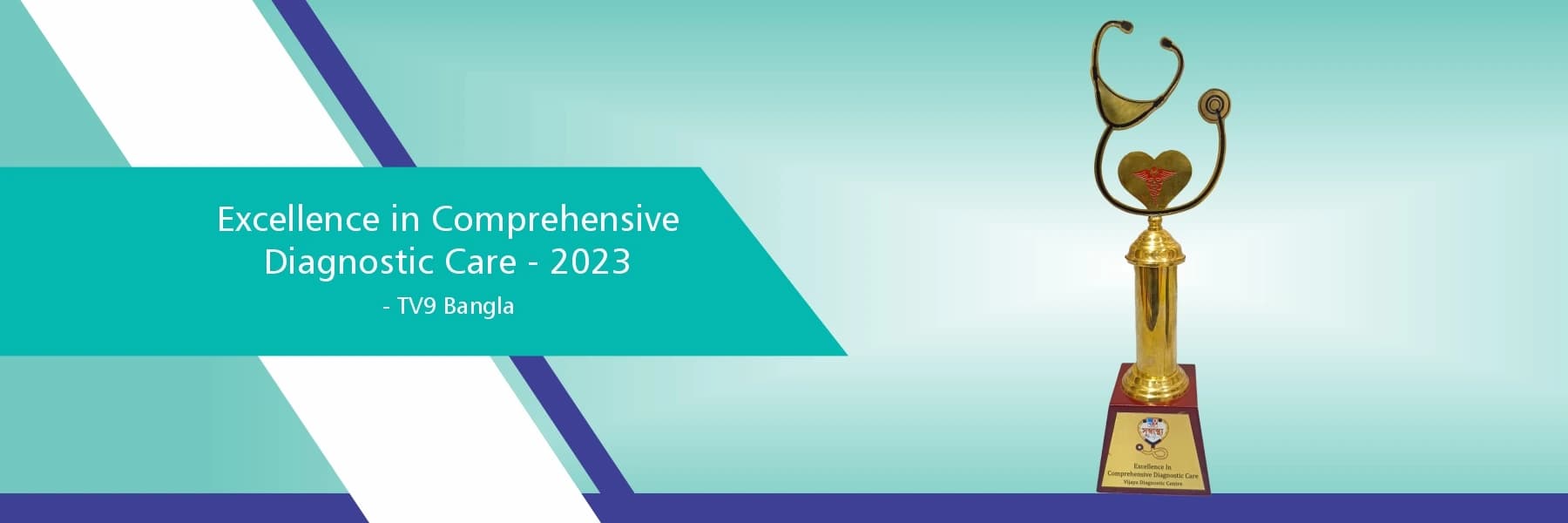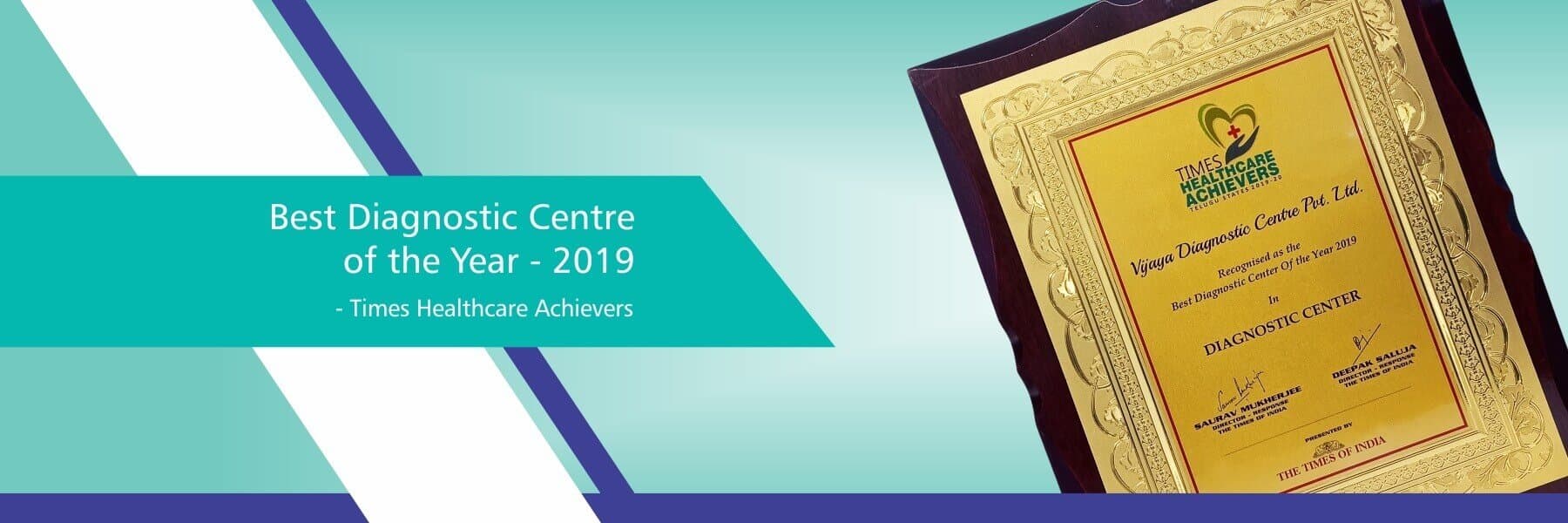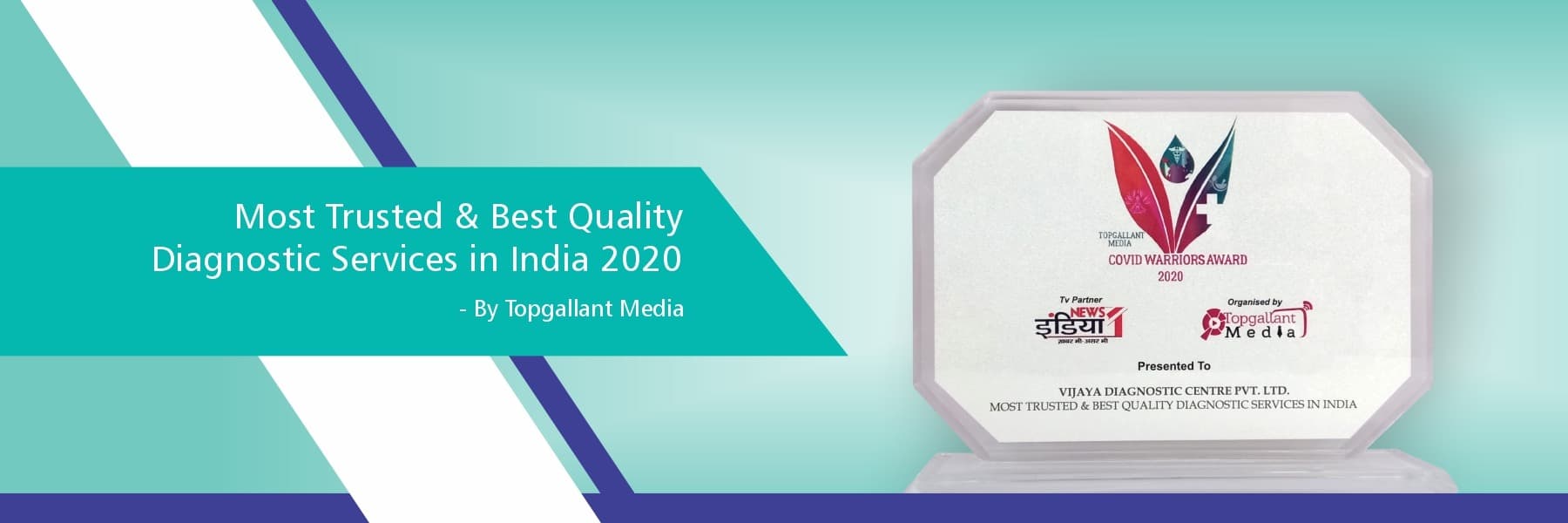Understanding Ultrasound Scans and their Significance in Diagnostics
An Ultrasound scan is a non-invasive imaging technique that employs high frequency sound waves to construct a real-time video or images of the internal organs and soft issues in your body. Ultrasound may also be referred to as Sonography or Ultrasonography. The image produced by the ultrasound machine is referred to as a Sonogram.
Unlike X-rays and CT scans, an Ultrasound doesn’t utilize radiation so it is a safe diagnostic and imaging technique. Ultrasound scans are versatile diagnostic tools for diagnosing and monitoring a wide range of medical conditions from determining a baby’s gender and monitoring fetal growth to guidance for biopsies and soft tissue imaging.
What are the Components of an Ultrasound Scanner?
The main components of an ultrasound machine are
- Transducer: A small handheld device that contains piezo-electric crystals which general ultrasound frequencies (above the audible frequency range of the human ear - between 3 and 10 MHz) when electric signal is applied. The transducer sends and receives the sound waves.
- Processing unit: This includes the controls of the ultrasound scanner. This is responsible for analyzing the waves received and constructing the real time video or images.
- A display unit or a video monitor: for viewing real-time videos or images generated
Other components of an ultrasound machine may include a transmitter pulse generator, a keyboard, compensating amplifiers, and control units for focusing.
How is an ultrasound performed?
A trained ultrasound technician or a radiologist performs the ultrasound scan. During an ultrasound scan a thin layer of water based gel is applied to the body part being examined and a handheld probe called a transducer is placed over the surface area of the targeted body part or the passed through the orifices/openings in your body.
During the scan you may be asked to stay still or hold your breath for a few seconds to generate clearer images
The transducer emits high frequency sound waves which are passed to your internal organs or structures through the gel applied. These sound waves are reflected (echoes) or bounced back to the transducer when they encounter internal organs or structures within your body. The reflected sound waves are then converted into electrical signals and processed by a computer to generate real-time images or videos which are displayed on a monitor.
Why is an Ultrasound Performed and What are the Different types of Ultrasound Scans?
The main applications of ultrasound imaging can be broadly categorised into 3, namely:
- Diagnostic Ultrasound
- Pregnancy ultrasound or prenatal ultrasound
- Ultrasound guidance for procedures.
Pregnancy Ultrasound:
It is also referred to as prenatal ultrasound or obstetric ultrasound scans can be used to:
- confirm a pregnancy
- estimate the gestational age of a fetus
- detect the number of fetuses
- monitor the fetal heart rate, fetal growth, movement and position of the fetus
- assess the level of amniotic fluid
- screen for fetal anomalies and congenital issues in the fetus’ heart, brain, spinal cord and other body parts
Most pregnant women are advised to undergo an ultrasound scan at 20 weeks to monitor the growth and development of the fetus.
Diagnostic ultrasounds:
Due to their non-invasive nature, ultrasound scans find application across medical specialities including cardiology, obstetrics and gynecology, urology, nephrology and gastroenterology. The exact type of ultrasound scan you may have to undergo will depend on your medical history and clinical presentation.
Some of the commonly prescribed types of ultrasound scans include:
- Abdominal ultrasound scans: They are used to visualize and evaluate organs in the abdomen such as liver, gallbladder, kidneys, pancreas, and spleen. They aid in detecting conditions such as gallstones, kidney stones, or liver abnormalities and identifying causes of abdominal pain.
Just renal ultrasounds or kidney ultrasounds may also be ordered to assess the health and functioning of your kidneys. Renal ultrasounds can detect tumors, cysts, obstructions or infections within or around the kidneys. - Breast ultrasound: Your healthcare consultant may order an ultrasound if your mammogram results are abnormal. Breast ultrasounds can detect breast lumps and distinguish between fluid-filled cysts and solid masses.
- Doppler ultrasound: It is a special ultrasound imaging technique used to evaluate the blood vessels and assess their health. Doppler ultrasound in conjunction with a vascular imaging study can aid in the diagnosis of conditions such as aneurysms, Deep Vein Thrombosis (DVT) and arterial blockages.
- Cardiac ultrasound imaging: Echocardiography (Echo), a type of ultrasound, is used to assess the structure and function of the heart. It aids in diagnosing heart conditions, evaluating blood flow and assessing the heart valves.
- Pelvic ultrasounds: used to examine organs in your pelvic region including bladder, rectum, prostate (in men) and female reproductive organs such as the uterus, vagina and ovaries. It can aid in diagnosing medical conditions related to the urinary system or the reproductive system
Transvaginal ultrasounds are performed by inserting the ultrasound probe into the vaginal canal. It is used to examine structures inside the pelvis and reproductive tissues such as the uterus or ovaries.
Transrectal ultrasound scans are performed to evaluate rectum or other nearby tissues such as the prostate in males.
Ultrasound guidance for procedures:
An ultrasound is usually used to guide needle placement for biopsies or sample fluid or fluid collection from soft tissues, muscles, joints, cysts, and organs
Embryo transfer for IVF (In vitro fertilization), Nerve blocks, Lesion localization procedures and confirming the placement of an IUD (intrauterine device) after insertion are some of the common procedures where ultrasound guidance is needed.
If you're wondering, where can I find the best ultrasound services near me?, look no further than Vijaya Diagnostics. With over 140 centers across 20 cities, you're sure to find a Vijaya Diagnostics center near you!
Decoding Ultrasound: Unveiling Variances in 2D, 3D, and 4D Imaging
For prenatal ultrasound imaging, a two dimensional or 2D ultrasound is traditionally used to generate outlines and flat black & white images of the fetus which aid in assessment of the fetus’ internal organs and skeletal structures.
A three-dimensional or 3D ultrasound produces static 3D images of the baby's internal anatomy, enabling visualization of facial features and some other parts such as the fingers or twos.3D ultrasounds may also be used evaluating certain medical conditions such as fibroids and uterine polyps.
A four-dimensional or 4D ultrasound is essentially a 3D ultrasound in motion, enabling the real-time streaming of videos. This capability allows for the real-time visualization and monitoring of the fetal heart wall, valves, and blood flow.
How do I prepare for an ultrasound scan?
Ultrasound scans are quick, painless, and non-invasive. They require minimal to no preparation
You may be advised to drink water to fill up your bladder for ultrasound scans during pregnancy or pelvic ultrasound scans (including that of the female reproductive organs or the urinary system).
For abdominal ultrasound scans, you may be asked to fast or restrict your food intake several hours before the scheduled ultrasound imaging test. You will be allowed to consume water though.
Depending on your health condition and type of scan, doctors or technicians will inform you of any other additional prep that is needed before the scan. Our experienced staff prioritizes your comfort and well-being
Scheduling your Ultrasound Scan is just a tap away with the Vijaya diagnostics app! Enjoy exclusive discounts, pre-appointment reminders, secure access to your medical record, cashbacks and much more on our app.
Frequently Asked Questions
1. Is an ultrasound painful?
Ans - No, ultrasound is not painful. However, you may experience minor discomfort when the probe is inserted in the case of a transvaginal or transrectal ultrasound.
2. Are there any risks with ultrasound?
Ans - Ultrasounds are non-invasive with no known risks. Unlike X-rays or CT Scans, they don’t employ ionizing radiation. They are also considered safe for both the fetus and the mother during a pregnancy.
3. What conditions can be detected by ultrasound?
Ans - Ultrasound can be used to detect various conditions including an enlarged spleen, gallstones, blood clots, cholecystitis, kidney or bladder stones, varicocele, abnormal growths like tumors or cancer, ectopic pregnancy, and aortic aneurysm.
4. Can ultrasound detect stomach infection?
Ans - Ultrasound is not typically the primary method for diagnosing stomach infections. Since stomach infections are caused by bacteria, viruses or parasites, you may have to undergo blood tests, stool tests, endoscopy or breath tests to accurately diagnose a stomach infection.
5. Can I drink water before ultrasound?
Ans - The instructions and preparation may vary based on the ultrasound scan and your condition. You may be advised to drink water and fill your bladder for pelvic ultrasound scans or pregnancy ultrasound imaging. For certain abdominal ultrasound scans, you may be asked to refrain from eating or drinking anything before the scan. Please contact your healthcare provider for any questions or doubts about preparation for your ultrasound.
Drag & drop your files here, Or
browse files to upload.
.pdf, .jpg & .png formats supported. Upto three files can be uploaded at a time
Blogs
Awards & Recognitions
Diagnostic Education
Frequently Asked Questions (FAQs)
Centre Details & Locations
You can click on the Centre Locator mentioned on the top right bar of our home page website to locate centres in your city. You can also search in Google “Vijaya Diagnostic Centre near to me” to find the nearest centre.
Yes, most of the centres have this facility.
Yes, you can check the operational timing of a branch by selecting the centre you want to visit on our website or Google map of respective centre
Health Checkup & Packages
The validity of a health check package is 30 days from the date of invoice, for more detail to Terms & Condition of use section on our website.
Watch This Video for Detailed Information
Once the validity period is over for your registered package, the package cannot be availed. The amount paid by you during the registration process is non-refundable, non-transferable and gets forfeited if you do not visit the branch within the validity period. The amount paid by you during the registration of the special package cannot be utilized for availing other packages.
No. These are special promotional packages which are available for registration only during the specific campaigns and thus it is important for you to register there during the event/campaign. These are specially designed and discounted packages which are only available during the campaign with specific validity period.
The package once registered, is non-transferable. One has to utilize the package for the registered customer only.
Home Sample Collection
Yes, you can book a Home Sample collection by selecting the desired tests on our website or calling our customer care number at 9240 222 222.
Yes, you can prepone/postpone an appointment by calling our customercare number at 9240 222 222.
Reports
Visit Home page of our website and click on Download reports icon. You need to login with mobile number and OTP. You will see your latest report in PDF format.
No, your reports would not be shared with anybody else other than you.
Tests Information & Instructions
Yes, fasting is recommended before undergoing a blood test.
Watch This Video for Detailed Information
- Generally, fasting is required prior to administering IV contrast. Fasting for ~ 4 hours (solid foods) is recommended.
- Kidney function test (serum creatinine) in cases of positive clinical history.
- Review of your medical history to determine that no issues exist preventing you from having a CT scan, such as pregnancy / contrast allergy or reaction (i.e., hives, rash, itching, breathing difficulty).
- A person accompany for IV contrast procedure.
- Some CT scans require drinking oral contrast, for approximately 30–60 minutes prior to your scan.
- Some CT scans involve an injection of contrast, for which an IV cannula will be inserted.

























